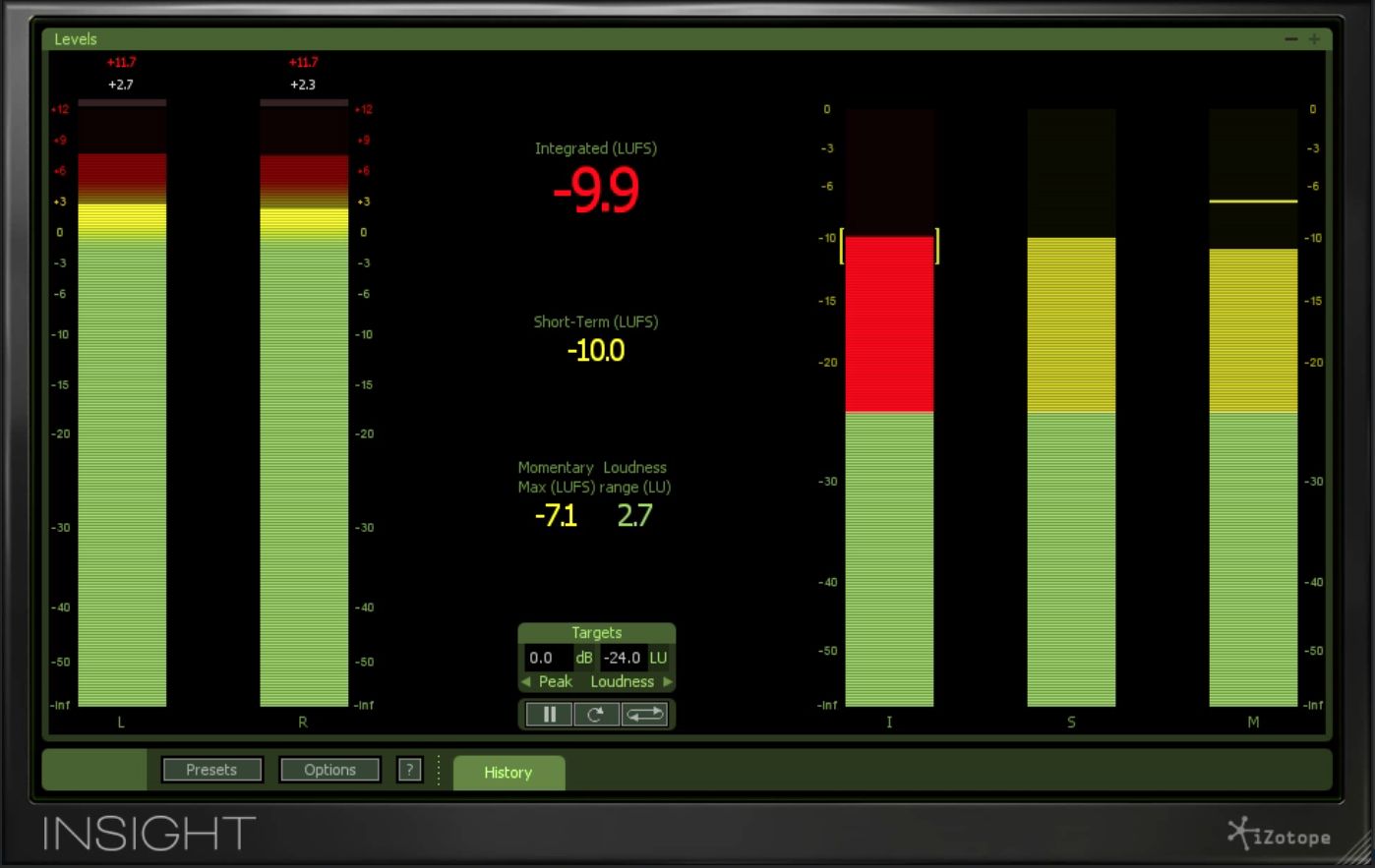

Short-term LUFS looks at a shorter window of time and is great for identifying the loudness of a particular section.ĭownload for free LUFS and The Loudness Warsįor a very long time, engineers, musicians and producers have been pushing the maximum LUFS they can get to without ruining the quality of music. Then you might need to crank out that EQ, or adjust some levels. You can read into it more, but basically, mids are heard more prominently than bass and highs, so a mix that has high RMS might have lower LUFS due to the level of the bass, for example.

Why is this? LUFS takes into account ‘loudness perception’, and this is based on what is known as the Fletcher-Munson Curve.

But LUFS will allow you to get much more accurate data, and can help you understand why your mix sounds the way it does. Many loudness metering plugins still use RMS, and many DAWs still use it as a metering tool. It simply analyzed a signal over time and gave the average dB reading for it.īut the reason it quickly became outdated was because it’s not adjusted for human hearing – it wouldn’t place weighting on certain frequencies which we can’t hear as well.


 0 kommentar(er)
0 kommentar(er)
